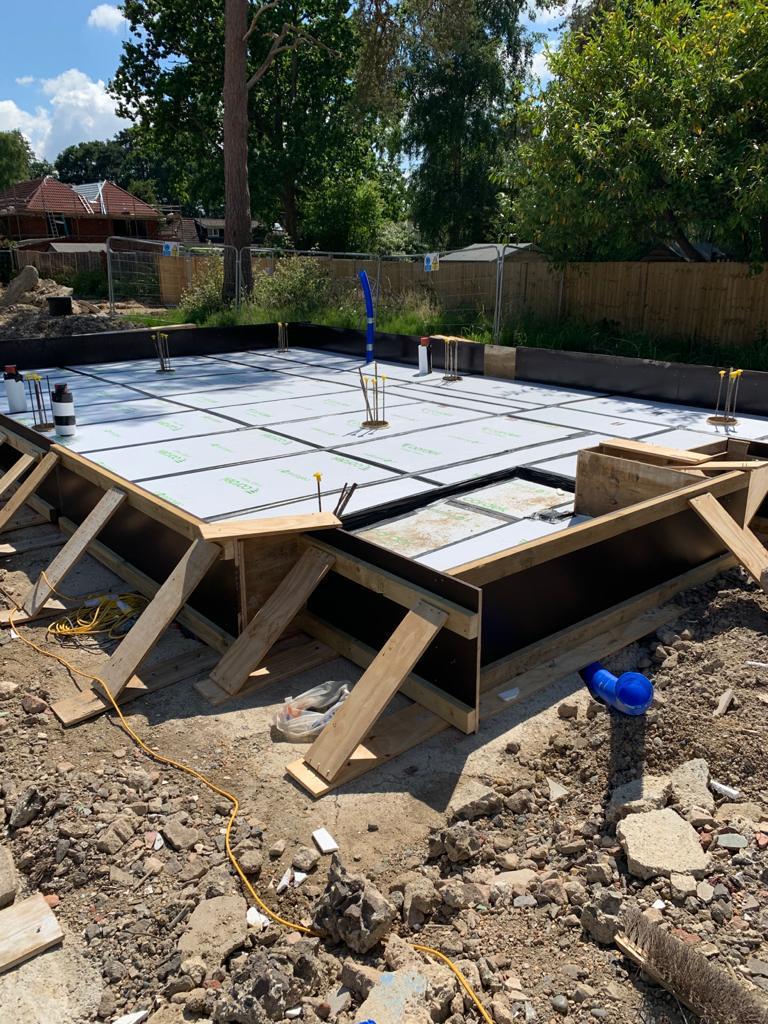
Our RC Services in Herts
Reinforced concrete foundation
Our RCC team of contractors is dedicated to providing you with a solid reinforced concrete foundation that can carry superstructure loads. A reinforced concrete foundation protects your building from settlement and impact from earthquakes. Our RCC team of qualified contractors analyses the soil quality where you plan to build the structure and determines a suitable type of RC foundation.
Formwork and falsework
Formwork and falsework are essential for reinforced concrete construction. Formwork helps to give the reinforced concrete structure the desired shape until the liquid concrete is solidified, while falsework supports formwork externally. Our RCC team at Hertfordshire is expert in designing and building formwork and falsework according to the needs of the construction work.
Reinforced concrete beams, columns and retaining walls
Reinforced concrete beams and columns support the building, and our team meticulously plans its construction at Reinforced Concrete Constructors, Hertfordshire. Calculating the building's area and the position of RC beams and columns is necessary for construction work. Our engineers at Hertfordshire use quality construction materials and deliver reliable RC beams and columns with the help of formwork and falsework.
Rebar and mesh reinforcement
Our reinforced concrete construction uses rebar to make RC beams, slabs, and columns resistant to forces such as shear, compression, torsion, etc. An economical alternative to rebar is steel mesh reinforcement, which we use for concrete not subject to higher loads. At Reinforced Concrete Construction, our team is dedicated to offering you top-class reinforced concrete construction services.


